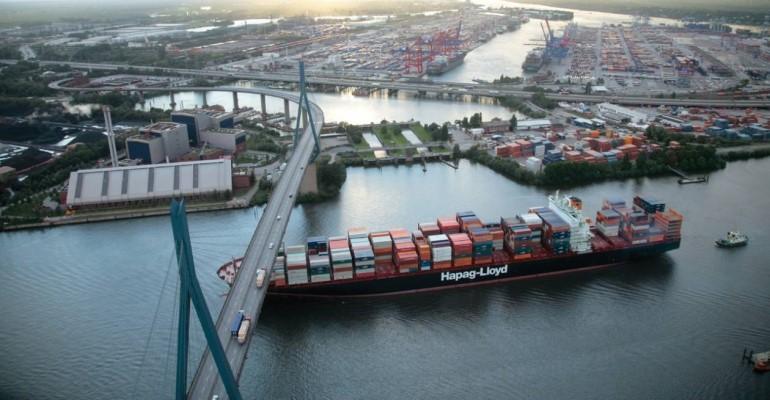Houthi military action has successfully seen the disruption of trade to the Mediterranean and Northern Europe, as well as parts of the Middle East and India following the war in Gaza, with many vessel owners opting to divert tonnage from the Red Sea/Suez Canal route.
Around 50% of vessels are now diverting and the liner carriers in particular are preparing for a medium-term disruption by chartering vessels to meet demand in the Mediterranean.
A Hapag-Lloyd spokesman confirmed the move: “The current short-term charters concluded recently by Hapag-Lloyd are being fixed due to the current Red Sea situation and the rerouting of vessels via the Cape of Good Hope and/ or replacements for ships in dry dock.”
Maersk Line, CMA CGM and Hapag-Lloyd have fixed up to 15 vessels in the 2,500 to 5,000 teu range for periods varying from one month to 12 months.
Jonathan Roach at shipbroker Braemar in London said that the increased activity in the charter market was mainly due to the feeder vessel market, given that there are few larger ships available, and that this had pushed the average charter period from five to six months to around 12 months.
“There has also been a slowing of vessel demolition, the numbers being scrapped are the same as last year, same number of ships, same average size, around 1,700 teu at an average age of 28 years old,” said Roach.
The slowing of the rate of demolitions, also put down to the Red Sea crisis has also had the effect of the broker’s net fleet growth expectations, with more ships now expected to be in the fleet than was previously the case.
“We expect there to be more investment to bolster regional trade,” said Roach, who said there is a looming crisis in feeder and regional type ships that have been ignored in the previous newbuilding rounds, implying a shortage of these vessels around 2027.
Lack of investment in smaller tonnage has led to the growth in the average size of feeders, with vessels up to panamax sizes now used in this regional capacity, one operator had suggested to Braemar that in the near future sizes will increase again with vessels up to 7,000 teu used for regional trades.
However, Roach believes this is unlikely given that these medium sized vessels tend to be long and thin, and they would be taking up quay space and crane access for the larger deepsea tonnage.
Copyright © 2024. All rights reserved. Seatrade, a trading name of Informa Markets (UK) Limited.
Add Seatrade Maritime News to your Google News feed.  |

